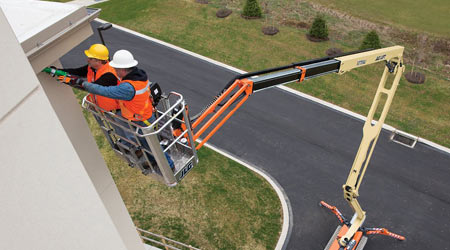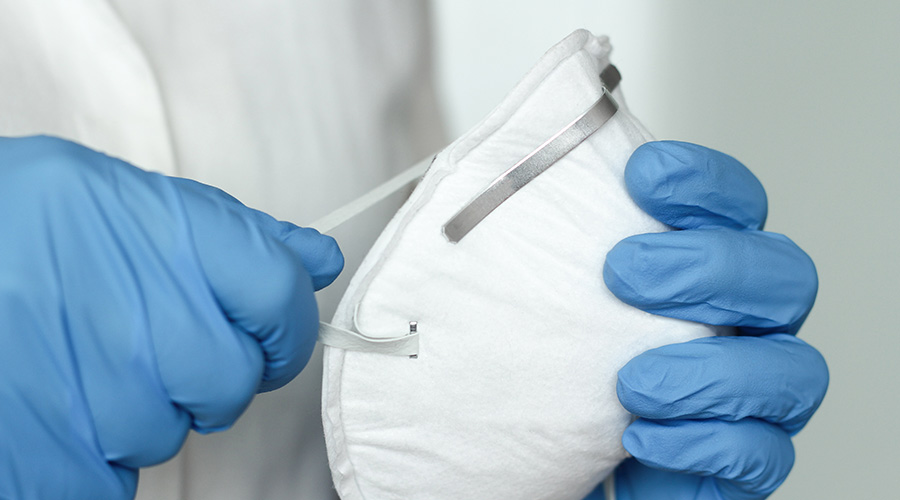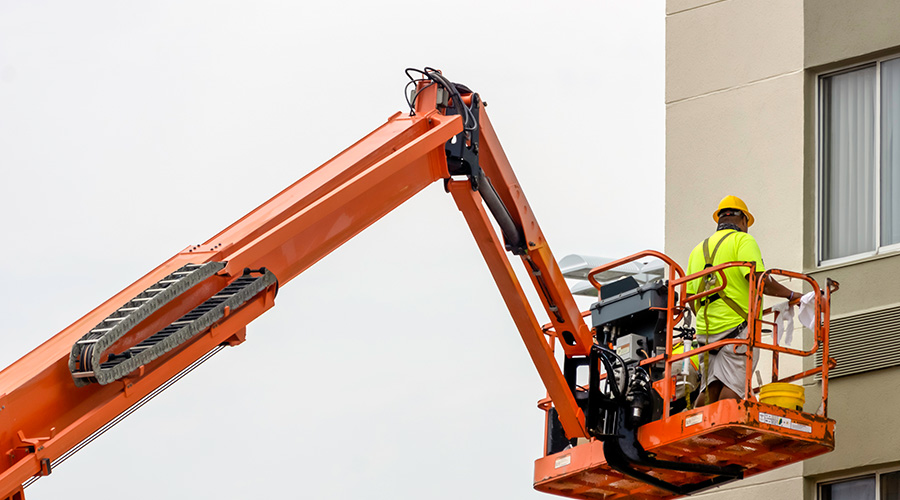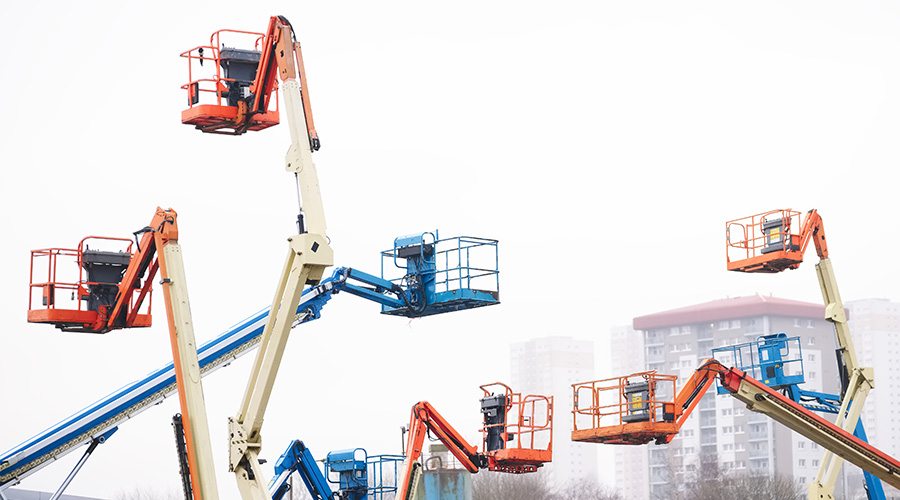 Before operators use an aerial work platform, they need to familiarize themselves with the lift safety standards to protect themselves and coworkers.
Before operators use an aerial work platform, they need to familiarize themselves with the lift safety standards to protect themselves and coworkers.Lift Safety: Assessing The Jobsite
Understanding the lift safety features and standards and help managers and operators ensure safer jobsites.
Designed to elevate operators to hard-to-reach places, lifts and aerial work platforms have become essential tools in commercial and institutional facilities. As essential and useful as they are, lifts and aerial work platforms create hazards if not operated responsibly.
Before using a lift, operators need to understand lift features and functions, as well as how to properly and safely use the equipment. Managers need to be sure that operators familiarize themselves with the equipment and receive proper training when it comes to using a lift or aerial work platform safely.
Site assessment
In order to specify the most appropriate aerial work platform for a project or department, managers need to assess the job site to identify all potential hazards.
“This means looking for holes, bumps, drop-offs, slippery surfaces, and obstructions, as well as any obstructions that could impede movement of the lift on the ground or in the air,” says Bill Dovey, product manager with JLG. “Be especially cautious of high-voltage power lines, and maintain safe approach distances from them and other items specified in the operator’s manual. Check the ground slope to be sure it meets the manufacturer’s slope limits.”
Job sites are ever-changing areas, and the conditions on a job site can have a significant impact on the safe operation of aerial work platforms. Operators need to be aware of more than just the terrain and ground pressure. Weather conditions and exposure to wind, even in indoor environments, can jeopardize safe operation.
“Operators should always be aware of their surroundings – electrical lines, uneven terrain and wind conditions are factors that some operators frequently overlook,” says Ben Taft, national sales manager with Teupen. “It is also important that the aerial work platform be used as it was intended, as a boom.
“Job site conditions vary from site to site, and each one has its own challenges. Prior to using a aerial lift, do a 360-degree safety walk around the site to identify potential hazards, and create a plan to tackle the job in the safest and most efficient way.”
When the site assessment is complete, the operator must visually inspect the lift itself to determine if the equipment is mechanically safe as part of the pre-operation inspection, Dovey says. In addition to checking operating and emergency controls, outriggers, and personal protective equipment, operators need to be sure to:
- check levels of engine oil, hydraulic oil and antifreeze
- check the battery for corrosion, dirt and charge level
- check bearings and bushings for proper lubrication
- check boom cables for proper tension
- check the steering mechanism for wear in washers and related components
- check wear pads for signs of wear and be certain bolts holding them are not cutting into the boom
- review the machine for safety decals and placards to make sure all relevant information is available to the operator
- read and understand the operations and safety manual for your specific lift to ensure you know and follow all of its unique requirements.
“A function test is required to ensure the lift functions safely and to detect malfunctions that would prevent the machine from being put into service,” Dovey says. “Safe operation of an aerial work platform is directly affected by job site conditions and the tasks needed to be completed on that job site.”
Related Topics:














